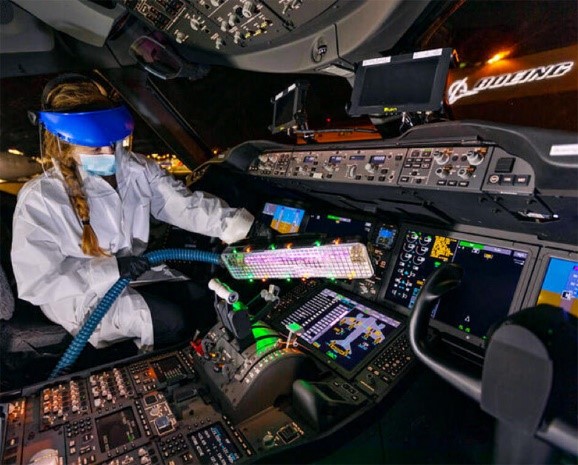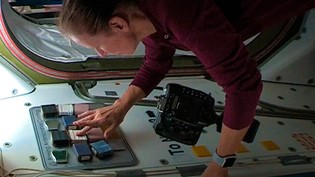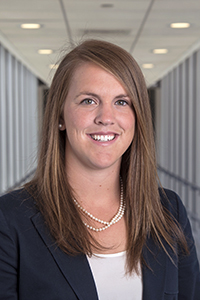Protecting the Commercial Aviation System
By THOMAS SANDERSON (LGO ‘14) and MEGHAN WRIGHT (LGO ’19)
The COVID-19 pandemic sparked a wave of innovation focused on industrial hygiene in office, manufacturing and public settings. As the passenger aviation industry came to a standstill, the aviation industry shifted focus to demonstrating a safe and healthy flying experience. The Confident Travel Initiative is a global partnership led by Boeing that focuses on continually working across the industry to enhance health safeguards, provide guidance, and develop new solutions. Through this partnership, several new technologies and innovations have been identified focused on sanitation of aircraft cabins and flight decks. While many of these innovations had aircraft in mind, they could have major impacts in the future for industrial hygiene to help better prepare industry to prevent the spread of other viruses and diseases from a global pandemic to the seasonal flu. These innovations have the potential to create a safer, healthier environment far beyond the COVID-19 pandemic.
The following innovations from the Confident Travel Initiative exemplify technologies that have the potential for broad application and improvement in industrial hygiene practice:
Ultraviolet Wand

Engineers at Boeing developed a portable UV wand that is designed to sanitize the interior of airplanes in a quick and effective manner. The device is a self-contained apparatus that allows crews to pass the wand over high-touch areas and sanitizes everywhere the light reaches. The UV light destroys the virus by breaking down its genetic material. The portable UV wand will be produced and distributed commercially by Far UV Technologies and Healthe Inc. to help airlines and potentially other industries combat the spread of viruses.
Persistent Disinfectants
Surface contamination is a secondary threat to airborne transmission for the COVID-19 virus. Surface decontamination is a critical step to minimize virus exposure in environments like an aircraft. The high-touch cabin surfaces in an aircraft are being thoroughly disinfected between flights based on guidance from Boeing. However, persistent disinfectants, also known as antimicrobial coatings, provide a further opportunity to minimize exposure in a cabin environment through providing continuous disinfection on both low touch areas and high touch areas during a flight.

There are four main categories of persistent disinfectants – antimicrobial coatings applied post production, built-in antimicrobial treatments, persistent antimicrobial lighting, and persistent antimicrobial ions. They provide a broad range of methods to continually disinfect surfaces and actively prevent viruses from living on surfaces. Boeing and University of Queensland have collaborated on an anti-microbial surface coating that is currently being tested on the International Space Station. At the onset of the COVID-19 pandemic, researchers modified the coating formulas to specifically target the COVID-19 virus. This technology was also tested onboard the Boeing EcoDemonstrator last year.

